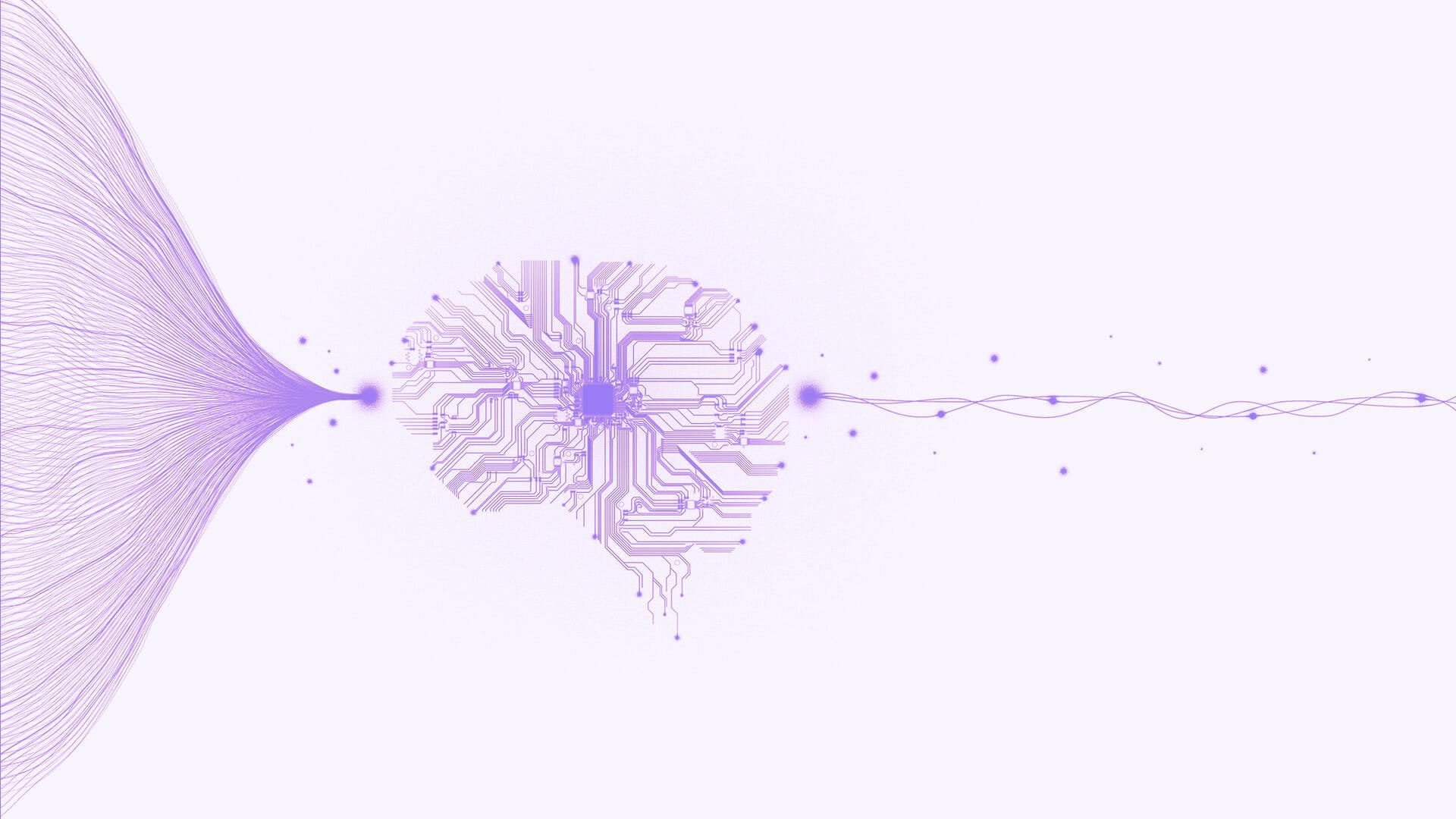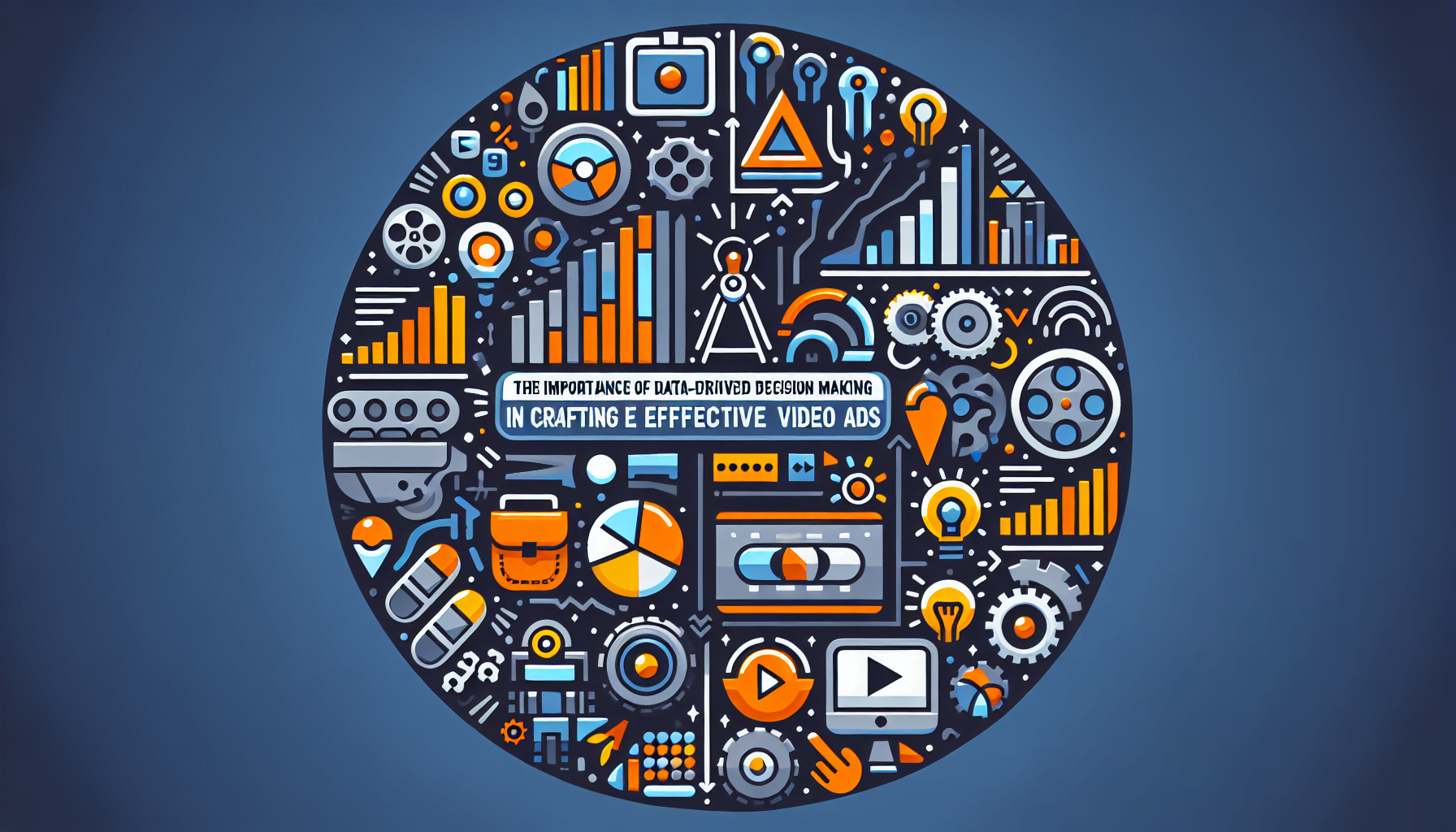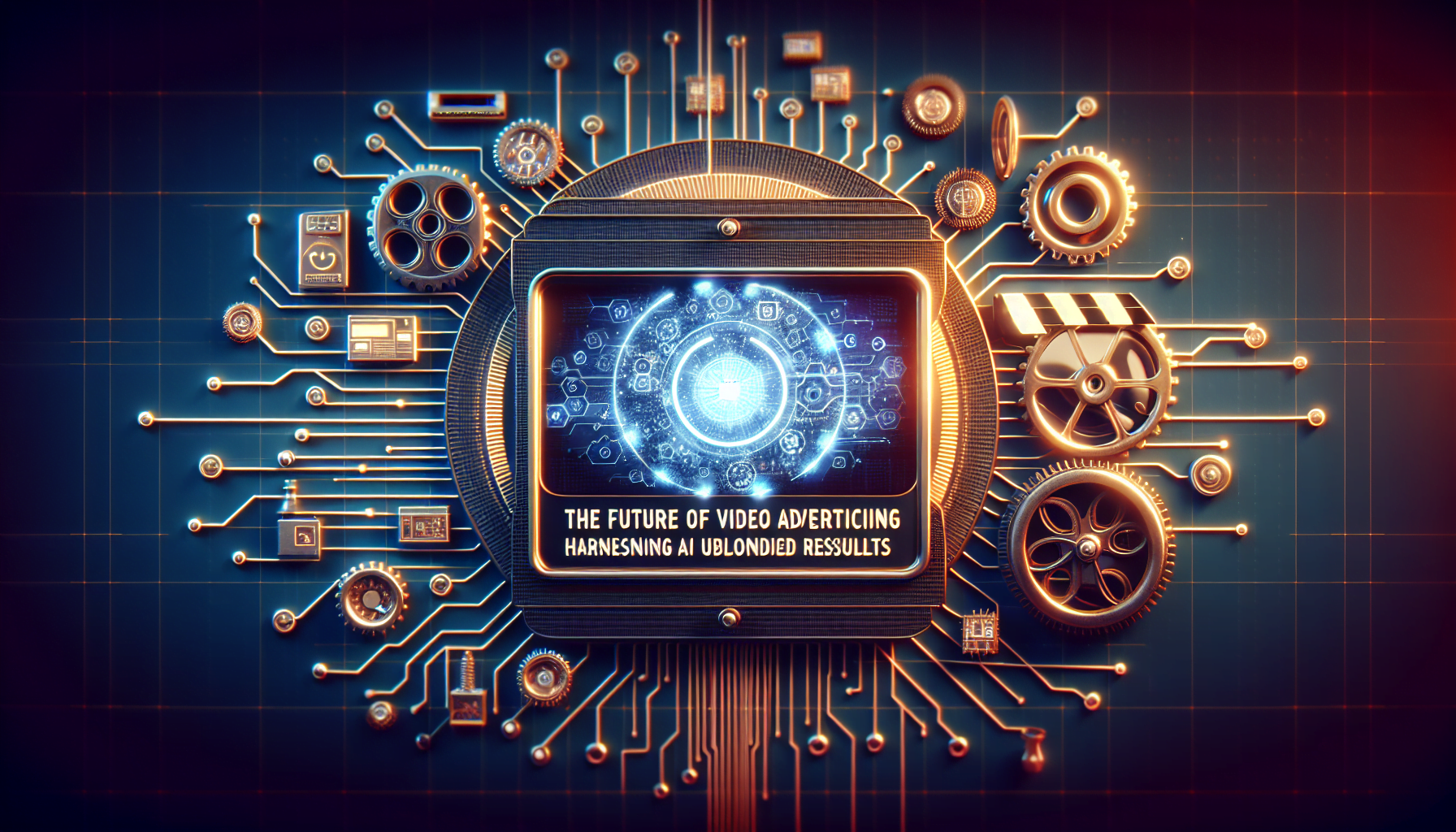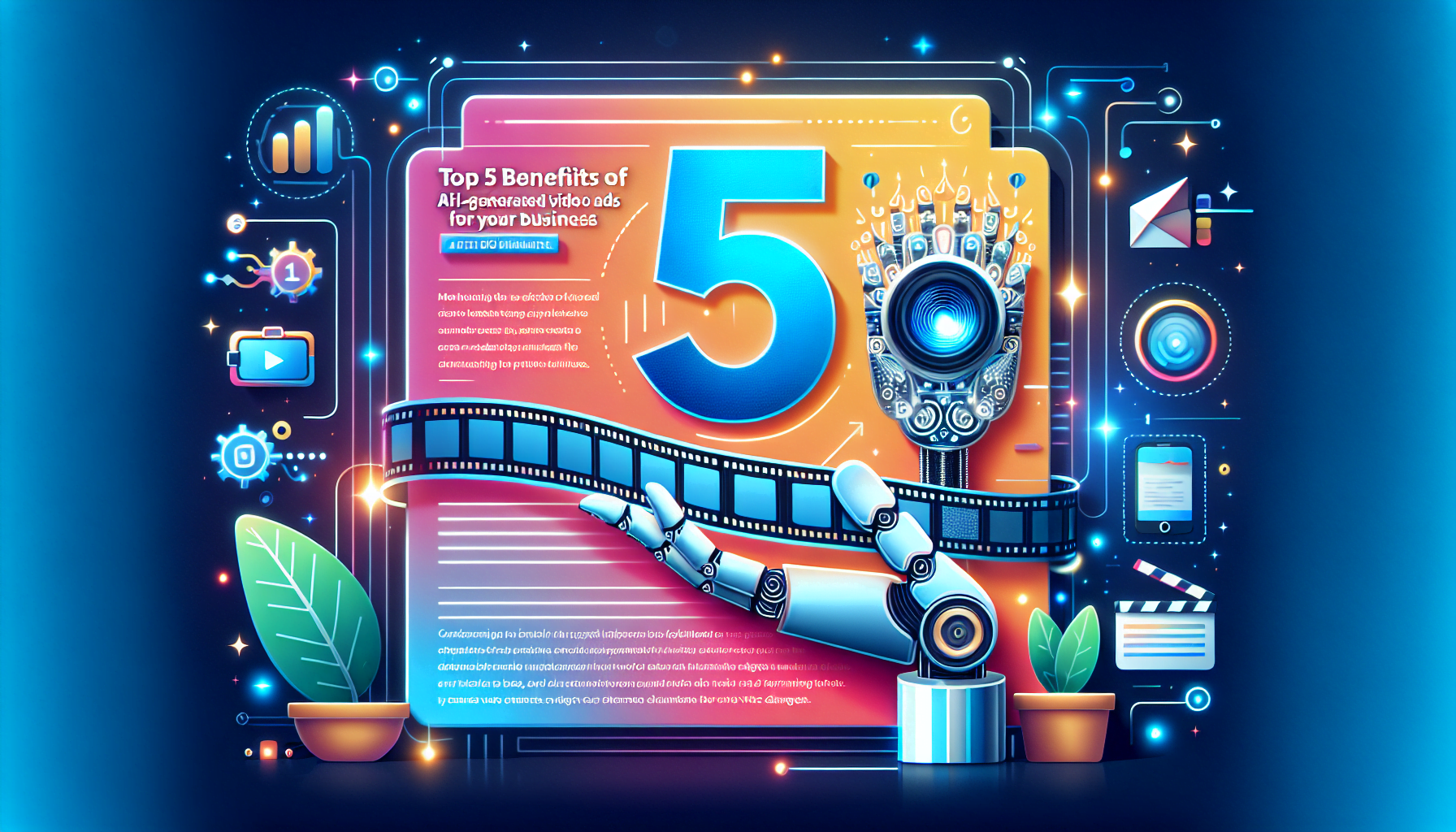Artificial Intelligence Robotics (AI Robotics) is a fascinating field that merges the power of artificial intelligence with the functionality of robotics. It has the potential to revolutionize various industries, from healthcare to manufacturing and education. In this article, we will delve into the basics of AI Robotics, explore its evolution, discuss its potential applications, analyze the challenges it faces, and gaze into the future of this exciting technology.
Understanding the Basics of Artificial Intelligence Robotics
Defining Artificial Intelligence and Robotics
Artificial intelligence can be defined as the ability of machines or systems to simulate human intelligence, solving complex problems and making decisions based on data and patterns. It is a field of study that focuses on creating intelligent machines that can perform tasks that typically require human intelligence.
Robotics, on the other hand, involves the design, construction, and operation of robots to perform manual or repetitive tasks with precision. It is a multidisciplinary field that combines elements of mechanical engineering, electrical engineering, and computer science to create machines that can interact with the physical world.
When these two fields come together, they create a powerful combination known as AI robotics. AI robotics aims to develop intelligent machines that can not only think and make decisions like humans but also physically interact with their environment.
The Intersection of AI and Robotics
The intersection of AI and robotics brings together the cognitive abilities of AI and the physical capabilities of robots. By combining these two fields, AI robotics aims to create intelligent machines that can autonomously perceive and interact with their environment.
One of the key aspects of AI robotics is the ability of machines to perceive their surroundings. This involves the use of sensors, such as cameras and microphones, to collect data about the environment. The collected data is then processed by AI algorithms to extract meaningful information, allowing the machine to understand its surroundings.Once the machine has perceived its environment, it can use its physical capabilities to interact with it. This can involve tasks such as picking up objects, moving around obstacles, or even performing complex actions like assembling parts. The physical capabilities of robots, combined with the intelligence of AI, enable them to perform tasks that were previously only possible for humans.
AI robotics also involves the development of algorithms that allow machines to learn and improve over time. This is known as machine learning, and it enables robots to adapt to new situations and improve their performance based on experience. By continuously learning and refining their abilities, AI robots can become more efficient and effective in performing their tasks.
Furthermore, AI robotics has the potential to revolutionize various industries. For example, in healthcare, AI robots can assist in surgeries, perform repetitive tasks in a laboratory, or even provide companionship to patients. In manufacturing, AI robots can automate production lines, improving efficiency and reducing errors. In agriculture, AI robots can help with tasks such as planting, harvesting, and monitoring crop health.
In conclusion, AI robotics is a fascinating field that combines the power of artificial intelligence and robotics to create intelligent machines that can perceive and interact with their environment. With continuous advancements in technology, AI robots have the potential to revolutionize various industries and improve our daily lives.
The Evolution of AI Robotics
The inception of AI robotics can be traced back to the 1950s when researchers began exploring the possibilities of creating machines that could mimic human intelligence. This marked the beginning of a new era in technology, where the boundaries between humans and machines started to blur. The early pioneers in this field envisioned a future where robots would not only assist humans in their daily tasks but also possess the ability to think, learn, and make decisions on their own.
Over the years, advancements in computing power and algorithmic development have paved the way for significant breakthroughs in AI robotics. The introduction of powerful computers and the development of sophisticated algorithms have enabled robots to process vast amounts of data and make complex calculations in real-time. This has opened up a whole new realm of possibilities for AI robotics, allowing them to perform tasks that were once considered impossible.
A Brief History of AI Robotics
The journey of AI robotics began with the development of the first electronic computers in the 1940s. These early machines laid the foundation for the future of AI by providing the computational power required to process complex algorithms. However, it was not until the 1950s that researchers started to explore the idea of creating machines that could exhibit intelligent behavior.
One of the key milestones in the history of AI robotics was the invention of the first autonomous robot, Shakey, in the late 1960s. Shakey was capable of perceiving its environment, making decisions, and executing tasks autonomously. This breakthrough paved the way for further advancements in AI robotics, as researchers began to realize the potential of combining artificial intelligence with robotics.
In the following decades, AI robotics continued to evolve at a rapid pace. Researchers developed new algorithms and techniques, such as neural networks and genetic algorithms, to enhance the capabilities of robots. These advancements led to the creation of robots that could learn from their experiences, adapt to new situations, and even communicate with humans in a natural language.
Current Trends in AI Robotics
In recent years, there has been a surge in the development and adoption of AI robotics technologies. Machine learning, computer vision, and natural language processing are some of the key areas witnessing considerable progress. These advancements have enabled robots to perform complex tasks with increased accuracy and efficiency.
Machine learning algorithms have revolutionized the field of AI robotics by enabling robots to learn from large datasets and improve their performance over time. This has led to the development of robots that can recognize objects, understand spoken language, and even predict human behavior.
Computer vision, another crucial area of AI robotics, has made significant strides in recent years. Robots equipped with advanced vision systems can now perceive and interpret visual information, allowing them to navigate complex environments, recognize faces, and even perform intricate tasks such as object manipulation.
Natural language processing has also played a vital role in the advancement of AI robotics. Robots are now capable of understanding and responding to human commands, making them more interactive and user-friendly. This has opened up new possibilities for applications such as personal assistants, customer service robots, and educational robots.
As AI robotics continues to evolve, researchers are exploring new frontiers and pushing the boundaries of what is possible. The integration of AI with robotics has the potential to revolutionize various industries, including healthcare, manufacturing, and transportation. With each passing day, we are getting closer to a future where robots will not only assist us but also collaborate with us, making our lives easier and more efficient.
The Potential of AI Robotics
AI Robotics in Healthcare
The application of AI robotics in healthcare holds immense promise. Robots can assist in surgical procedures, deliver medications, and provide support in patient care. With their precision and ability to analyze vast amounts of medical data, AI robots can aid in diagnosis, treatment planning, and monitoring of patients.
AI Robotics in Manufacturing
In the manufacturing sector, AI robotics can revolutionize production processes. Robots equipped with AI capabilities can carry out repetitive tasks with high precision and speed, leading to increased productivity and reduced costs. These robots can also adapt to changes in the production line, ensuring flexibility and efficiency.
AI Robotics in Education
The integration of AI robotics in education has the potential to reshape the way we learn and teach. Robots can act as interactive tutors, providing personalized learning experiences to students. They can also assist individuals with special needs, offering tailored support and guidance.
The Challenges of AI Robotics
Ethical Considerations in AI Robotics
As AI robots become more autonomous and intelligent, ethical considerations come to the forefront. Questions surrounding privacy, accountability, and the potential impact on employment need to be addressed to ensure the responsible development and deployment of AI robotics technologies.
Technical Challenges in AI Robotics
Despite the rapid progress in AI robotics, there are still technical challenges that need to be overcome. These include improving the perception and decision-making capabilities of robots, ensuring their safety and reliability, and creating efficient human-robot interaction interfaces.
The Future of AI Robotics
Predicted Developments in AI Robotics
The future of AI robotics looks promising, with researchers envisioning advancements in areas such as emotional intelligence in robots, swarm robotics, and human-robot collaboration. These developments could lead to robots that can understand and respond to human emotions, work in coordinated teams, and seamlessly interact with humans in various settings.
The Role of AI Robotics in Future Society
AI robotics has the potential to bring about significant societal transformations. From improving healthcare outcomes and streamlining manufacturing processes to enhancing education and enabling new forms of human-robot collaboration, AI robotics can shape a future where humans and robots coexist and thrive together.
In conclusion, artificial intelligence robotics is a rapidly evolving field with immense potential. As researchers continue to explore and expand the boundaries of AI and robotics, we stand on the cusp of a future where intelligent machines will revolutionize various industries and change the way we live and work. Embracing the possibilities of AI robotics and addressing the associated challenges will be crucial in harnessing the full potential of this groundbreaking technology.




